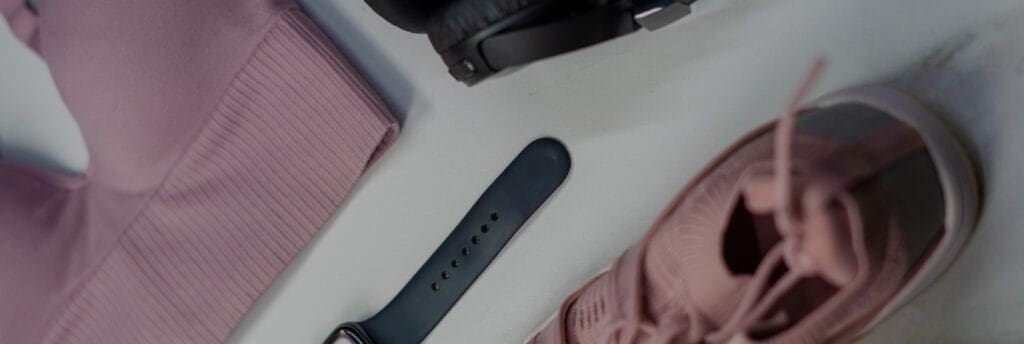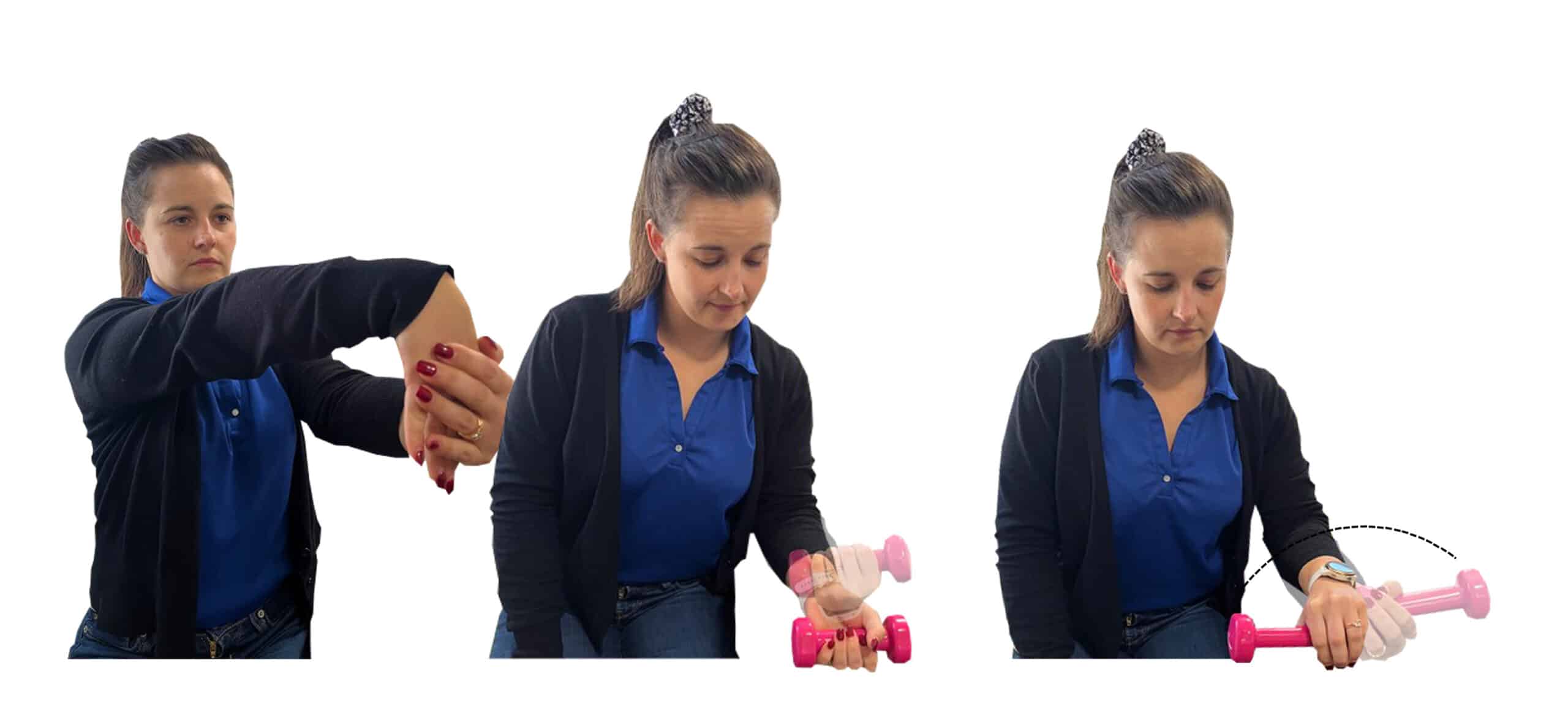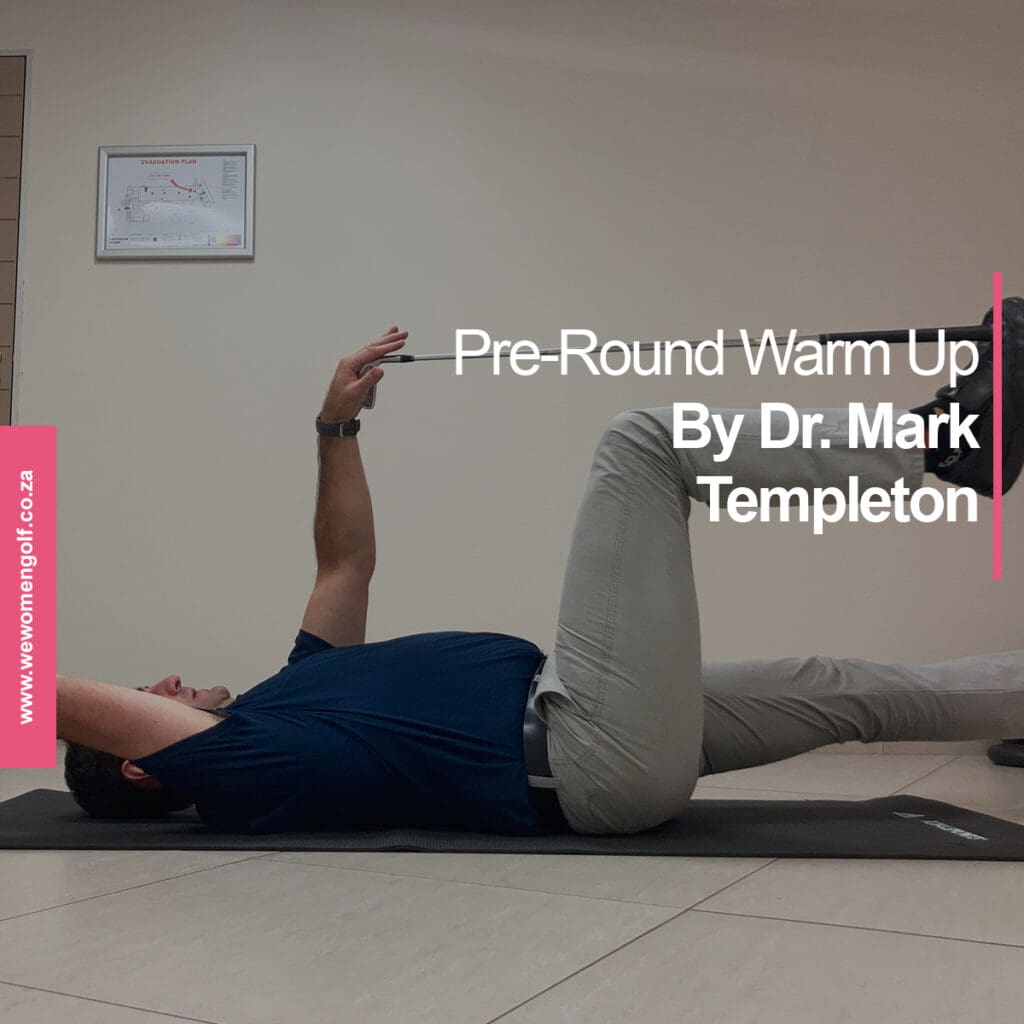Golf has become one of the top recreational sports in the world, and what makes it so inviting is the accessibility to everyone no matter your age.

Golf is also more appealing as it is less vigorous and a good way to keep active, but don’t underestimate the amount of stress it places on the body.
The golf swing is a very repetitive movement throughout the 18 holes and majority of injuries are due to overuse.
On average, the recreational golfer would have an average score of 91, and therefore your body does the same movement for so many shots. If the body is not conditioned to withstand the stresses placed on it, injuries occur.
Risk factors in developing golfer’s elbow is a combination of improper technique, training errors and equipment.
Other factors such as a lack of strength, endurance and flexibility can also play a role in developing golfer’s elbow. Looking at the strength of the core and shoulders are also important, as this can have an affect on the overall mechanics of the swing, adding pressure to the elbow and forearm muscles.
WHAT IS GOLFER’S ELBOW?
One of the most common injuries in golf is Tennis or Golfer’s Elbow (medically known as Lateral – and Medial Epicondylitis, which is a form of tendinitis. Tendinitis is the inflammation of the tendon due to overuse or repetitive movements.
Golfer’s elbow specifically is the inflammation of the tendon on the inside of your elbow and is due to the repetitive gripping of the golf club in conjunction with the repetitive swinging motion.
According to a study, golfer’s elbow injury mechanism occurs mostly at the top of the backswing till just before ball impact when grip is at its strongest point (Kiel J, Kaiser K, 2022). The wrist flexor muscles have been overworked and cause irritation of the tendon that attach them to the bone. Golfer’s elbow specifically is the inflammation of the tendon on the inside of your elbow and is due to the repetitive gripping of the golf club in conjunction with the repetitive swinging motion.

According to a study, golfer’s elbow injury mechanism occurs mostly at the top of the backswing till just before ball impact when grip is at its strongest point (Kiel J, Kaiser K, 2022). The wrist flexor muscles have been overworked and cause irritation of the tendon that attach them to the bone.
Going forward, we will talk about golfer’s elbow, but the tips and tricks in the article will cover both tennis and golfers elbow as the management of both injuries are similar.
Symptoms of golfer’s elbow is pain and tenderness to the inside of the elbow as well as weakness with gripping objects.
Pain can also move down the arm towards the pinky finger. Pain is not always present and usually subsides after activities, therefore it is mostly left untreated.
The Majority of people think that rest is the best medicine for golfer’s elbow, but in fact, exercise and strength training is the best for tendon injuries.
Tendon injuries need to be loaded to become stronger and very specific training is done to help tendons heal.
If you suspect you might have golfer’s elbow, please visit a healthcare professional, such as a Biokineticist, that can perform a number of special tests as well as to give the appropriate exercises and stretches to help with rehabilitation.
HERE ARE A NUMBER OF STRETCHES AND EXERCISES THAT WILL HELP WITH THE TREATMENT OF GOLFER’S ELBOW
If you experience any pain, please contact your trusted healthcare provider.
Do 3 sets of 10-12 repetitions of each exercise.
WRIST FLEXION AND EXTENSION FLEX
With your arm straight and using the opposite hand, help to bend the wrist down by pressing the back of your hand and holding it down for 15 to 30 seconds. Next, stretch the hand back by pressing the fingers in a backward direction and holding it for 15 to 30 seconds.
WRIST FLEXION AND EXTENSION FLEX
Place your arm either on your leg or on a table with your wrist hanging off the side. Use a small light dumbbell to do the movement. 1st start with arm resting and palm facing down. Help the weight to the starting position, see picture 1, and from the starting position, slowly lower the weight down. The downward movement is most important and has to be done in 4 seconds.
Then turn the arm with palm facing up. Start from the top position, see picture 1, and then move the wrist slowly down, again focusing on the lowering of the weight. Count to 4.
ROTATION WITH DUMBELL OR HAMMER
Hold the dumbbell or hammer at the end so that there is an increase in weight to the one side. Slowly rotate the arm from side to side and use the full range of motion.






